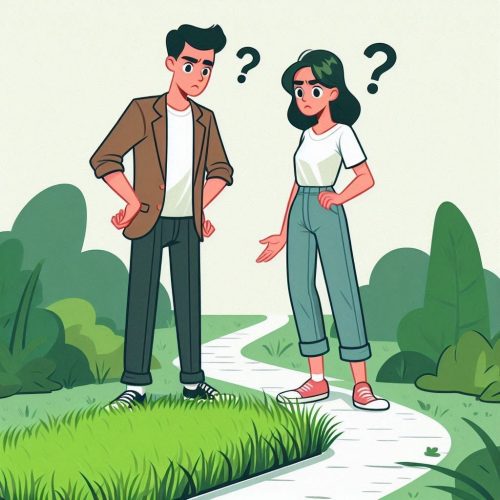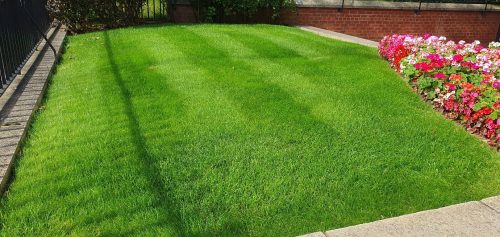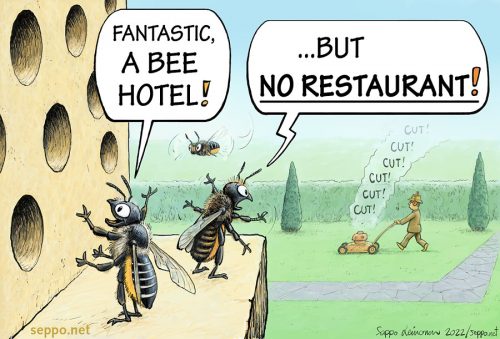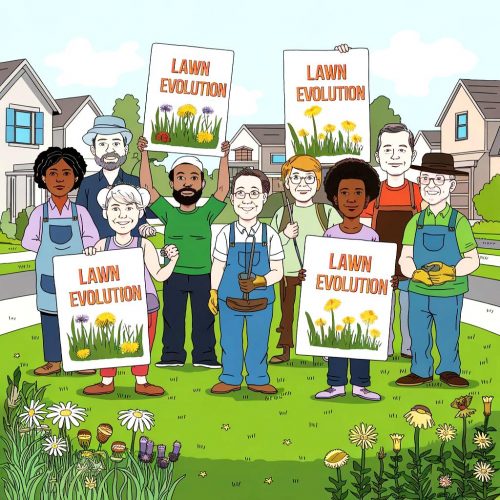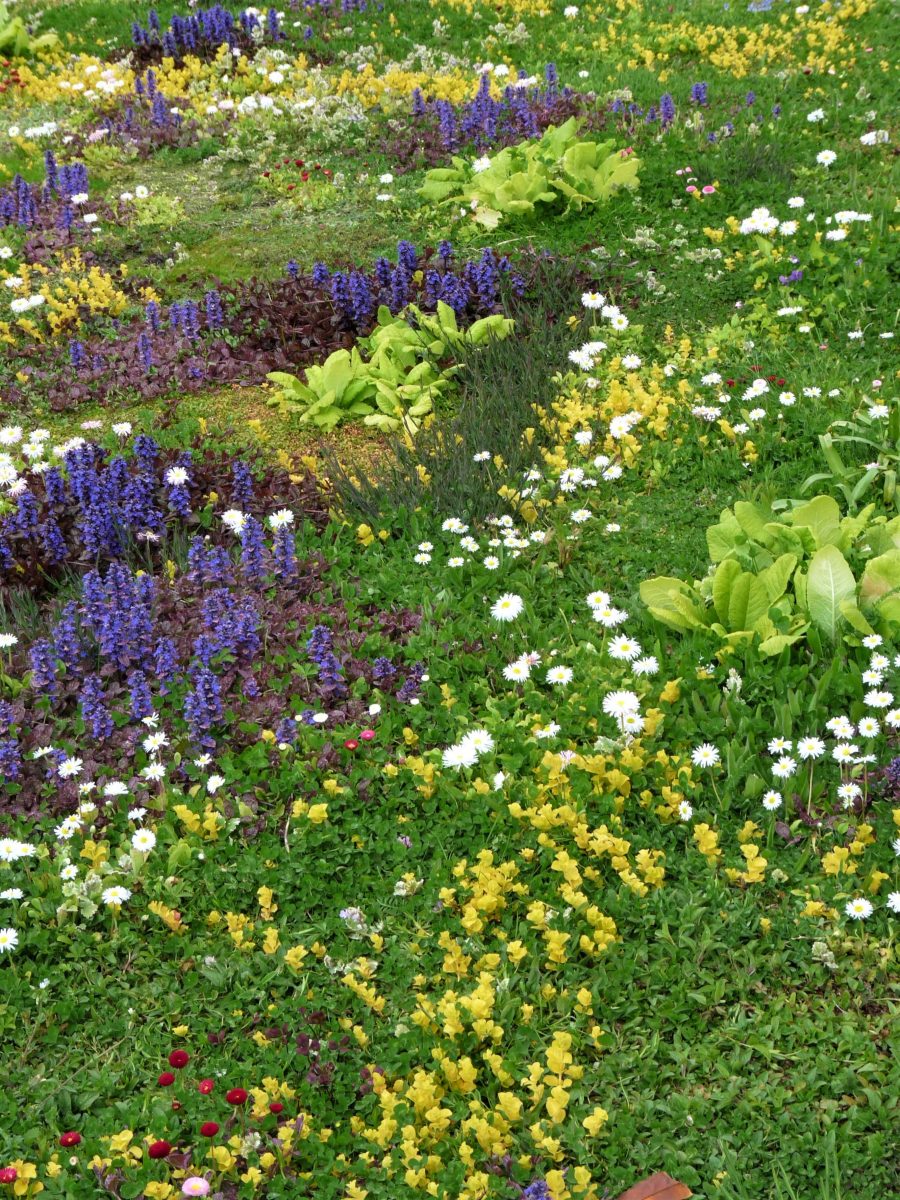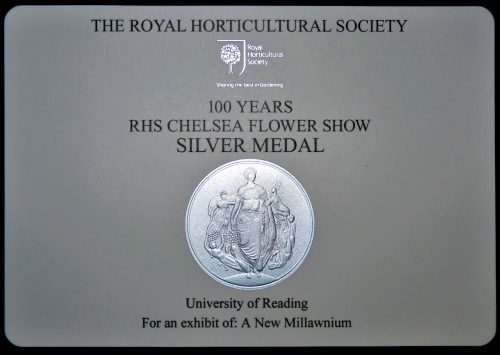What to do with the lawn?
You have a garden lawn, but it is not being used that much for anything, just gets mown every week or so. What else can you do with it?
Greetings, gentle lawn treader. I am Dr Lionel Smith. I am a horticultural scientist and would suggest that now is a good time to acquire a new viewpoint, a type of re-visioning when looking at this venerable but usually under-utilised garden feature.
It can be so much more than just a patch of grass, especially for those of us who choose to include garden wildlife and environmentally friendly practices in what we do, while also including the common aim of having an attractive and flower-filled garden.
The challenge of modern lawns. Hint: They are stuck in the 20th century.
A synonym sometimes used for vapid is ‘lifeless’ and for highly-managed grass lawns the term ‘green desert’ is often applicable when considering biodiversity.
Today, over 200 years later, grass lawns in Britain can comprise over 50% of urban green spaces, but are in the main still a bit dull. Probably even more so than in Loudon’s day, since the 1940s saw the first introduction of selective chemical lawn weedkillers (herbicide) that intentionally destroy broad leaved plants such as primroses, violets, chamomile, clover, and daisies.
Lawn herbicide application is usually combined with a high nitrogen fertiliser that additionally discourages clovers and beneficial fungi, and any excess may seep unused into groundwater and waterways as fertiliser pollution.
The use of plant-killing chemistry and artificial fertiliser at the same time have become synonymous with 20th century lawn care techniques, but is this type of 'care' still appropriate in a time of widespread climatic and ecological crisis? The answer seems obvious.
Simply, something must change; the 20th century lawn and how it is managed needs to change, by necessity I would say it needs to evolve.
Here is my well-researched suggestion: simply a lawn started without grass, as shown by the example below. It certainly cannot be accused of being dull and vapid.
Above is an example of a Tapestry lawn (T-lawn).
T-lawns (aka. "grass-free lawns"), were the 4-year-long research topic of my doctorate some years ago at the University of Reading. An exhibit of which (creatively titled "A New Millawnium"), rather pleasingly won a silver medal at the 100th RHS Chelsea flower show (Environment section) in 2013.
Also used are their ornamental cultivars, e.g. pink-flowered daisies, and other mowing-tolerant plants instead of grass. In essence, it is as simple as that.
To my mind, the vast area of underutilised grass lawn is a green canvas just waiting to be revitalised, renewed, and replanted. Doing so can most definitely improve conditions for lawn biodiversity and look pretty good at the same time.
If you can grow lawn weeds, you should not be overly challenged by T-lawns.
Anyone for a spot of lawn gardening?

